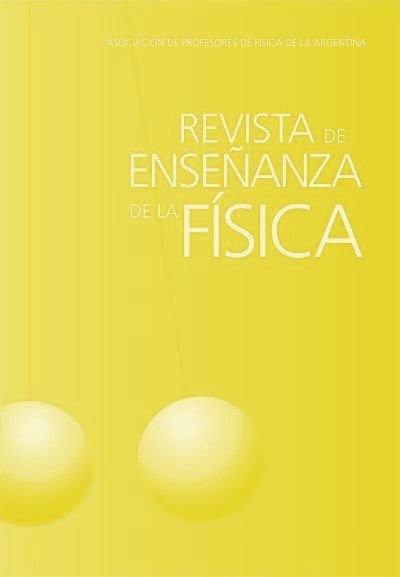Engineering problem solving in physics class. Categorizing the resolution procedure model
Keywords:
Undefined engineering problems; Resolution procedure model; Didactic innovation; Physics teachingAbstract
This work is part of a wider research with the purpose of identifying categories that represent the resolution procedure models of undefined engineering problems, which are implemented by engineering students, within the context of physics class. A thorough analysis was done over the results the resolutions obtained during group work done by students of Physics I at Engineering Faculty from Unicen while solving a problem that involved the scaling of the tower-crane which could have been used in a definite and real work (raising the replica of the moving stone of Tandil city). The analysis consisted on the identification of the strategies implemented in the different stages which are, according to the reference theoretical framework, involved in the resolution of problems. The data obtained allowed to envisage different levels of development of the solving problems competence, being able to categorize the majority in an “intermediate” level characterized by the lack of strategies related to the analysis and criteria’s selection of data and the absence of self-assessment of both the implemented procedures and the results obtained. The findings indicate which aspects should teaching strengthen to optimize the development of the intended competencies.
Downloads
Published
Issue
Section
License

This work is licensed under a Creative Commons Attribution-NonCommercial-NoDerivatives 4.0 International License.
Aquellos autores/as que tengan publicaciones con esta revista, aceptan los términos siguientes:Los autores/as conservarán sus derechos de copiar y redistribuir el material, bajo los términos estipulados en la Licencia de reconocimiento, no comercial, sin obras derivadas de Creative Commons que permite a terceros compartir la obra bajo las siguientes condiciones:
- Reconocimiento — Debe reconocer adecuadamente la autoría, proporcionar un enlace a la licencia e indicar si se han realizado cambios. Puede hacerlo de cualquier manera razonable, pero no de una manera que sugiera que tiene el apoyo del licenciador o lo recibe por el uso que hace.
- NoComercial — No puede utilizar el material para una finalidad comercial.
- SinObraDerivada — Si remezcla, transforma o crea a partir del material, no puede difundir el material modificado.
- Los autores/as podrán adoptar otros acuerdos de licencia no exclusiva de distribución de la versión de la obra publicada (p. ej.: depositarla en un archivo telemático institucional o publicarla en un volumen monográfico) siempre que se indique la publicación inicial en esta revista.
- Se permite y recomienda a los autores/as difundir su obra a través de Internet (p. ej.: en archivos telemáticos institucionales o en su página web) antes y durante el proceso de envío, lo cual puede producir intercambios interesantes y aumentar las citas de la obra publicada. (Véase El efecto del acceso abierto).










